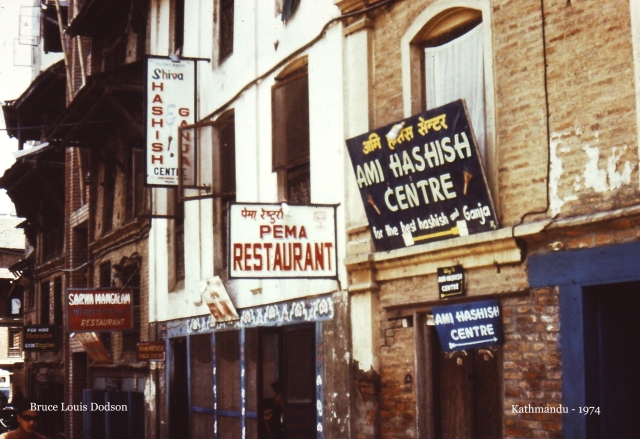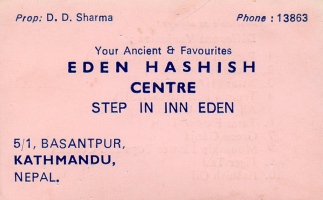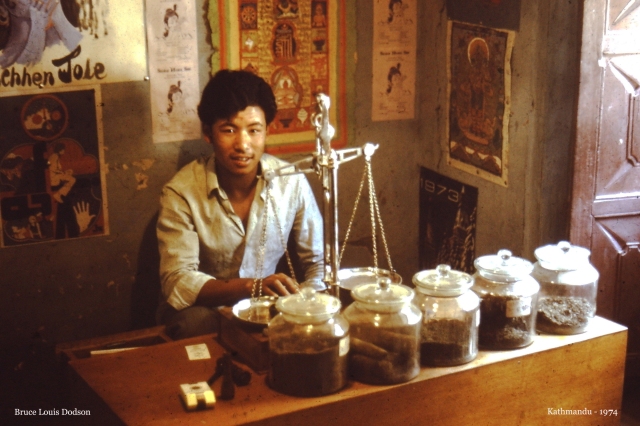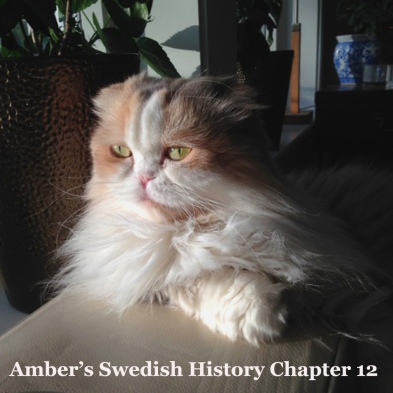Patty Smith Hill
Today is Patty Smith Hill’s birthday. Patty wrote “Happy Birthday To You” when she was a kindergarten teacher in Louisville, Kentucky. She was 25 when she wrote the lyrics, in 1893. It was originally meant as a welcome to start the school day and was first called “Good Morning to All.” Hill’s sister Mildred, an accomplished musician, provided the melody. Hill was 25 when she wrote the lyrics to the famous song.
It became popularized with the invention of radio and sound films. The song appeared in the Broadway musical “The Band Wagon” (1931), and was used for Western Union’s first singing telegram in 1933. A third sister, Jessica Hill, noticed the similarities between “Happy Birthday to You” and the song her sisters wrote, and she was able to prove it in a court of law. The song was copyrighted in 1935 and remains under copyright to this day. According to Forbes magazine, the song produces about $2 million in licensing revenue each year. “Happy Birthday to You” is still one of the most popular songs in the English language, along with “Auld Lang Syne” and “For He’s a Jolly Good Fellow.”
Kathmandu Now
Hashish & hard drugs in Kathmandu
From: The Longest Way Home ~ January 7th, 2013. Published in: Travel Blog – Nepal.
Take a walk in Thamel after dark and you’ll soon be approached by several people loudly whispering the words “You want smoke …”Anyone who has visited the tourist zone of Thamel in Kathmandu after dark can attest to the lone scruffy men who will brush eerily close by your face and loudly whisper the words
“Smoke? … Hashish … Smoke, you want?”
It’s been that way for decades. Once a free haven for the legal smoking of marijuana, cannabis, opium and other recreational narcotics Nepal’s drug scene is the stuff of hippie hangout legend.
Today things have changed. Drugs are illegal. But the sellers, buyers and traffickers are still here in abundance. Unfortunately so too are hardcore drugs like heroin, cocaine and amphetamines.
For better or worse it’s still very easy to get drugs in Nepal.
For the tourist buying drugs in Nepal is a dangerous path to follow in more ways than one.
Smoking Hashish during Shivaratri in Nepal is legal … but only for one day!
Why are drugs easy to get in Kathmandu Nepal?
Nepal is not a major drug producer per se. Yes, in some “remote” villages you might find the odd crop of green leafed medicinal plants growing. And certainly during the Shivaratri festival hashish smoking is legal for the day. Shiva is after all a deity who enjoys the odd smoke now and then.
The real reason that drugs are easily found in Nepal is two fold. Firstly due to the country’s geographical proximity to the Golden Crescent—Afghanistan, Pakistan and Iran.
Add in frequent flights to Thailand and India along with a large porous land border with north India to making things even attractive.
Then there was that hic-up in the 1970’s with the USA telling Nepal to ban drugs which kicked off a hugely lucrative trade in heroin that some say toppled the monarchy.
That was all before the good old days …

Eden Hashish Centre where once hashish was legally sold
The small street to the south of Kathmandu Durbar square called Freak
Street was once a lot more lively than it is today. Once upon a time
there were direct buses to Freak Street from the airport and borders
filled with hippies looking for their legal smokes!
Yes, government-run hashish shops in the 1960’s were one of the main tourist draws to Nepal. Today Freak Street is a renovated “un-attraction” to hippies and tourists alike.
Only the former hippies of yesteryear revisiting Nepal walk Freak Street now. Occasionally bumping into and avoiding a few of today’s “designer” hippies trying to look as if they are of the same stock.
When US President Richard Nixon made an agreement with the new Nepalese King in 1973 to ban cannabis there was a round-up of traditional hippies on Freak Street.
They were physically deported to India. The hippie tourism of the 60’s was quickly replaced with the more respected business of trekking and cultural tourism.
Then came the royal heroin smuggling. The harder drugs had arrived into Nepal.
Yes, government-run hashish shops in the 1960’s were one of the main tourist draws to Nepal. Today Freak Street is a renovated “un-attraction” to hippies and tourists alike.
Only the former hippies of yesteryear revisiting Nepal walk Freak Street now. Occasionally bumping into and avoiding a few of today’s “designer” hippies trying to look as if they are of the same stock.
When US President Richard Nixon made an agreement with the new Nepalese King in 1973 to ban cannabis there was a round-up of traditional hippies on Freak Street.
They were physically deported to India. The hippie tourism of the 60’s was quickly replaced with the more respected business of trekking and cultural tourism.
Then came the royal heroin smuggling. The harder drugs had arrived into Nepal.
Amber’s Swedish History – Chapter 12
(For those of you who forgot where we were.)
De la Gardie’s victory in Russia was
short lived. He was forced out of Moscow when Poland stormed into Russia
with their own candidate, Sigismund’s son, Vladislav. Vladislav became
the new tzar, but not for long.
Chapter 12
De la Gardie got his act together again and conquered Novgorod. He was
able to control a large part of Russia for a few years and eventually
force them to accept a Swedish tsar. The Russians decided on Karl Filip,
the 11 year old son of Karl IX. His mother didn’t like the idea and by
the time she decided to go along with it one of the Romanovs had become
tsar. Karl Filip went back to Sweden and Karl IX began trying to raise
money for more troops and cannons, but was unable to. He got so
frustrated he had a heart attack which was followed by another heart
attack. People could barely hear him when he gave his last speech at the
Riksdag in 1610.
The Danes thought it looked like a good time to attack Sweden again and
destroyed Göteborg while another Danish army lead by Kristian IV was
heading for Kalmar. Karl IX was 61 by that time and partially paralyzed
by all the strokes he had had, but the idea of another war turned him
on. He was able to get another army together and started off for Kalmar.
It was the bloodiest war ever fought between Sweden and Denmark. Kalmar
castle was surrounded by the Danes and after a short siege the Swedish
steward was bribed to open the gates. Karl IX freaked out and challenged
Kristian IV to a duel that would decide everything, but the Danish king
laughed at the idea. Karl IX died not too long after that, in 1911.
By this time Sweden was at war with both Russia and Denmark and their
relationship with Poland was iffy. Swedes in Darlana and Norland were
not happy. It was a realm without a king. Gustav Adolf ended up with the
job when he was seventeen. He was manipulated into signing a Royal Oath
which gave more privileges to the nobility. Some people refer to this
oath as the first constitution. It stated that the king could not
declare war, or peace, or hire troops, or increase taxes without the
approval of the council, and that only the nobility could become
councilors. All senior posts in the government were reserved for the
nobility.
Sweden now had a choice. Should they try to expand into Poland and
Russia, or stay at home? They decided to expand, no matter what the
cost. “Beware the Swedes,” neighboring peoples used to say.









No comments:
Post a Comment